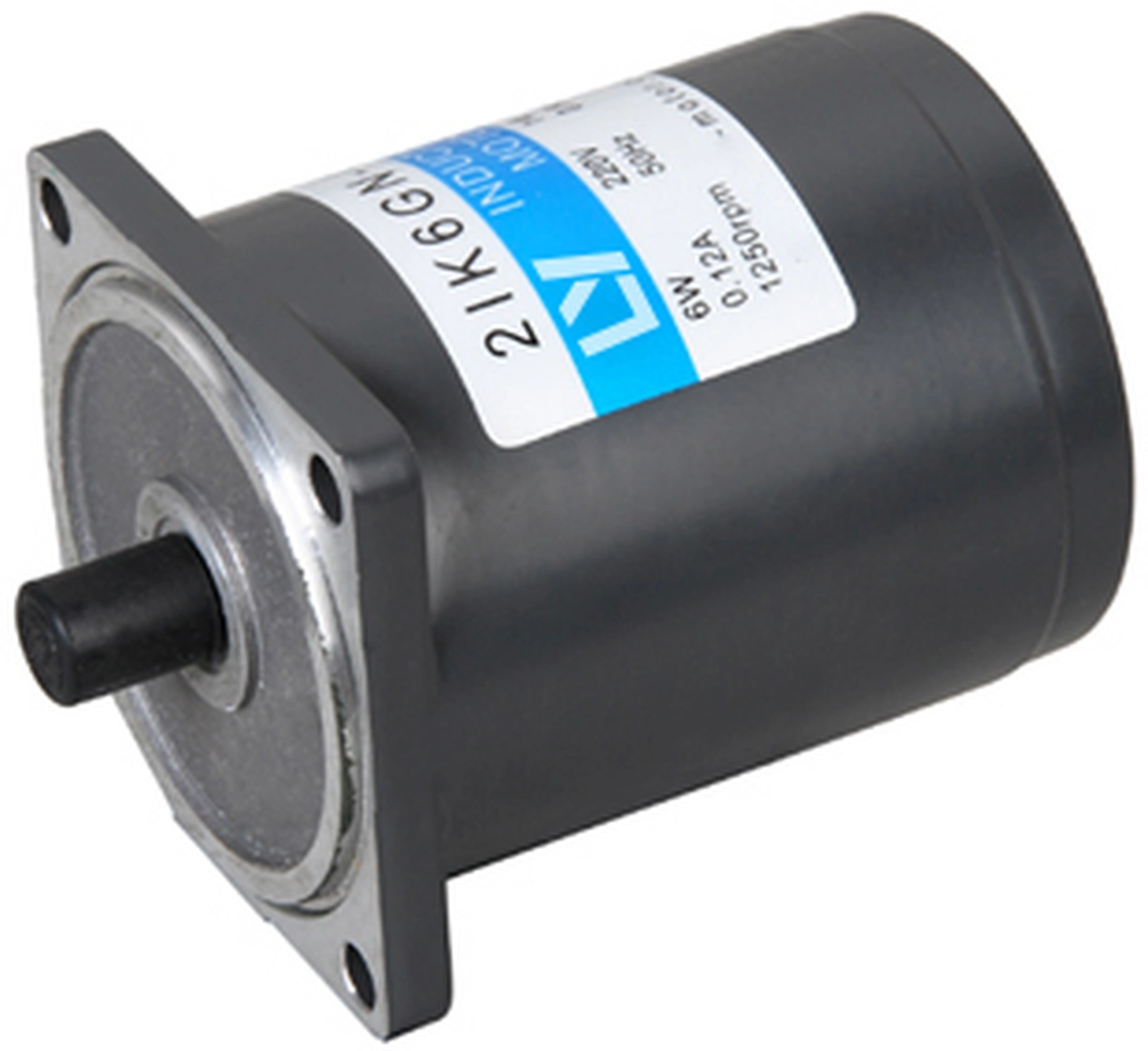
Which motor is used in the punching machine?
Punching machines often utilize servo motors or hydraulic motors, chosen for their high speed, accuracy, and capability to deliver precise and powerful punching forces for various materials and thicknesses.
In the industrial sector, punch presses play a key role in the cutting and forming of metal products. This powerful tool is essential for the manufacture of the various products that form the backbone of modern society. However, the efficiency of a punch press depends heavily on its motor, which is the heart of the machine that drives its function. But what kind of motor powers a punch press? In this article, we will delve into the types of motors used and the reasons behind their selection.
Induction motor
Induction motors, also known as asynchronous motors, are a common choice for many punch presses. Induction motors are relatively simple to operate and maintain, which makes them a practical choice for industrial applications such as punch presses. Induction motors used in presses are typically three-phase, and they provide constant speed operation, which is critical to the accuracy and consistency of the stamping operation, and their high torque capacity makes it easy to stamp hard materials.
Servo motor
While induction motors are common, another type of motor often used in more advanced and sophisticated presses is the servo motor. Servomotors are high-performance electric motors that provide precise control of position, speed, and torque. This makes them particularly suitable for presses used in industries where precision is critical, such as electronics and high-end automotive production.
Other types of motors
In addition to induction motors and servo motors, punch presses often use torque motors, hybrid motor systems, and more.
Conclusion
The motor is essentially the heart of the press, powering the operation of the press and determining the level of accuracy and power it can deliver, but the choice of motor depends very much on the specific requirements of the press.



Leave a Comment